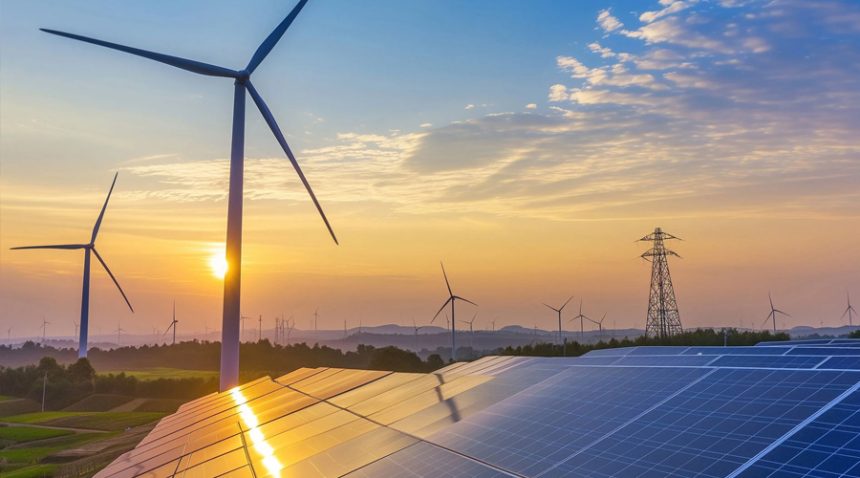From AI-powered grids to record-breaking electricity demand, these sectors are fueling global recovery and innovation
It remains true that energy and utilities sectors are some of the main pillars that can be counted on when the world market recovers in 2025. Such continued show-of-resilience-and-adaptability in the face of economic uncertainties and fluid geomorphology point to these sectors as bankable contributors to the economic stability and growth.
Strong Performance Amid Market Volatility
While great indices like the S&P 500 have recorded swings, the energy sector has made an impressive showing. As reporting time for early April 2025 energy stocks values has risen in excess of over 10% against the other available sectors clearly showing their defensive nature in rough waters. The event is attributed to the increase in the natural gas price, which has increased due to the demand from the European markets and the bottlenecks in supply.
The sector is chiefly composed of market utilities. Even with the downturn in the general market areas, returns have remained stable for utilities due to their essential services and regulated revenue model.
Rising Demand for Electricity
Global trends in digitalization and electrification push electricity demand to heights never before realized. The United States, for instance, is set to exceed all previous balances with a total consumption of 4,179 billion kilowatt-hours annually in 2025. Such consumption will be fueled by the burgeoning data centers, the fast-expanding electric vehicles, and all increased residential uses.
Likewise, the United Kingdom is reforming the electricity grid connection system so that speculative projects can be eliminated and connection to those that are of major importance, such as data centers and renewable energy, can be speeded up, potentially releasing up to £40 billion for annual investment.
Investment in Infrastructure and Renewals
Money is pouring into infrastructure building to meet the growing demand for energy and move to cleaner energy sources. From 2025 to 2029, capital expenditures by energy utilities worldwide will exceed $1 trillion. Modernizing grids, integrating renewable energy, and improving resiliency to climate-related disruptions are all part of these investments.
As of September 2024, utility-scale power generation in the United States stood at about 3,287 billion kWh, a Yo-Y increase of 3%. Growth in renewable energy sources, particularly solar, was substantial, experiencing a 30% increase over the same period in 2023, while natural gas, which generates approximately 43% of U.S. electricity, realized a 4.1% increase and maintained its dominant status as the major power source.
Aggressive Activities in the Fields of Mergers and Acquisitions
The energy and utilities sectors are also heating up for M&A as a result of data-center electricity demand rise and the incorporated need for expansion in infrastructure. The first few months of 2025 announced the major ones like the $16.4 billion acquisition of Calpine by Constellation Energy. Private equity and institutional investors are thus becoming more interested in power generation and infrastructure assets owing to their long-term value in the books.
Emerging Technologies and Innovation
The utilities will embrace the new technologies to improve efficiency in the quest for sustainability. Generative AI, blockchain, advanced small nuclear reactors, microbial fuel cells, and quantum computing are technologies that are currently being integrated into operations and are facilitating energy management, grid optimization, asset management, and customer service, which will pose great potentials to the utilities to wrestle with change in the energy environment.
Policy and Regulatory Developments
Government policies are very much part and parcel of how energy is being done in the utilities. In Poland, the Prime Minister has directed energy companies to prioritize supplying affordable power to citizens rather than enriching themselves with profits; this shows a general tilt towards economic nationalism and strategic autonomy in energy policy.
In the United States, an effort by the administration to breathe new life into the coal industry will run against the wall of prevailing market fundamentals that favor cleaner energy. Even with policy support, coal production goes down, showing the challenge of transition in energy.
In short, with the global economy crawling through recovery in 2025, it is on one shore of the energy and utilities sector that the growth can be founded, and the strength and stability secured. Investments made in the present under the innovation brought about by technology and responsive yet progressive policies hence shape the future of an energy system kinder and much more resilient to the demands of the present and future.






